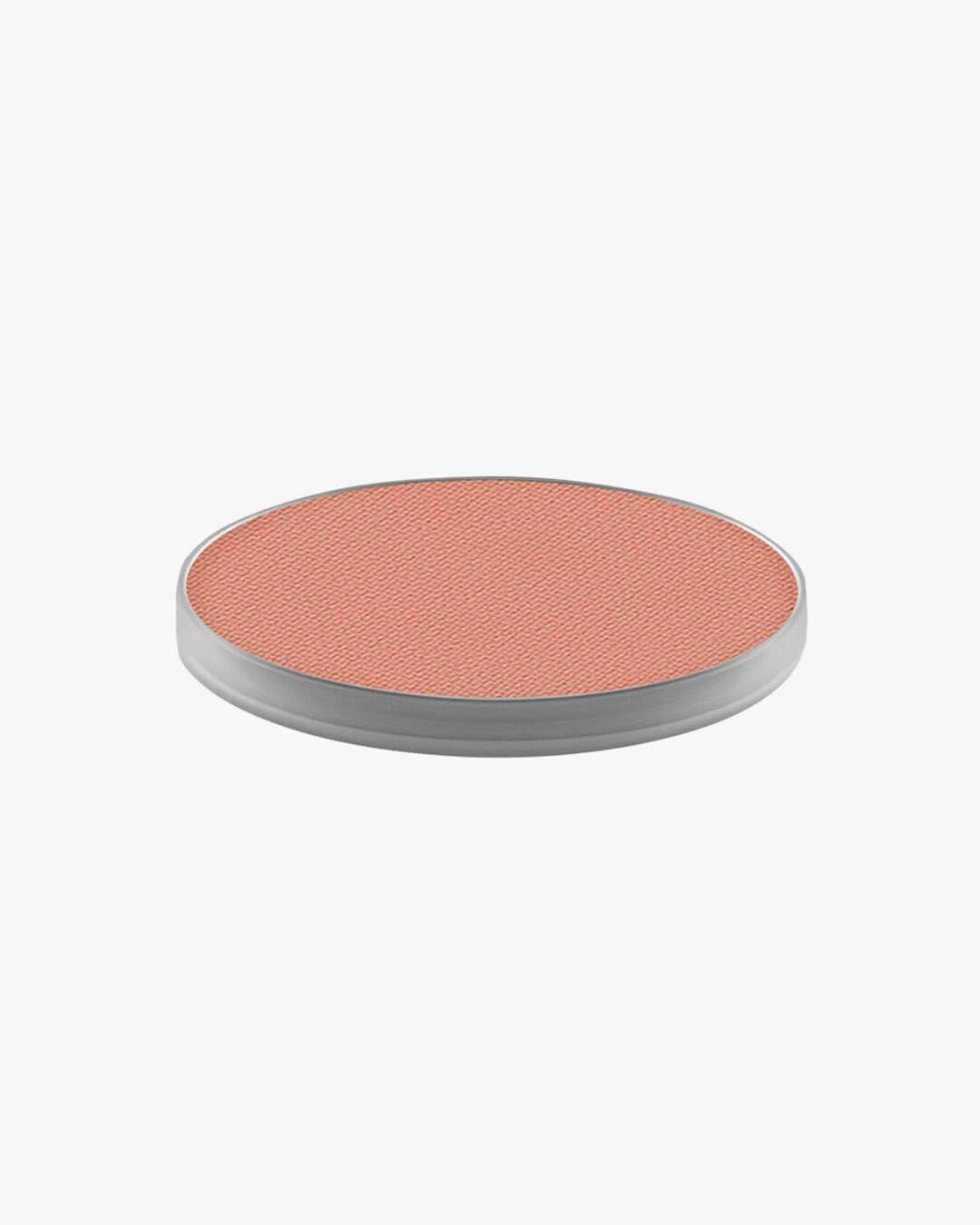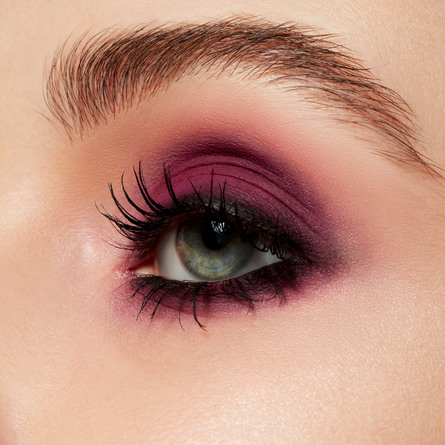

Wedgwood in his researches on the subject, and for this purpose he first used the nitrate of silver, which was mentioned to him by a friend, as a substance very sensible to the influence of light but all his numerous experiments as to their primary end proved unsuccessful. To copy these images was the first object of Mr. The images formed by means of a camera obscura have been found too faint to produce, in any moderate time, an effect upon the nitrate of silver. The first reliably documented attempt to capture the image formed in a camera obscura was made by Thomas Wedgwood as early as the 1790s, but according to an 1802 account of his work by Sir Humphry Davy: Previous discoveries of photosensitive methods and substances-including silver nitrate by Albertus Magnus in the 13th century, a silver and chalk mixture by Johann Heinrich Schulze in 1724, and Joseph Niépce's bitumen-based heliography in 1822 contributed to development of the daguerreotype. Hippolyte Bayard had been persuaded by François Arago to wait before making his paper process public. The daguerreotype is one of these processes, but was not the first, as Niépce had experimented with paper silver chloride negatives while Wedgwood's experiments were with silver nitrate as were Schultze's stencils of letters. The discovery and commercial availability of the halogens- iodine, bromine and chlorine a few years earlier (iodine was discovered by Courtois in 1811, bromine by Löwig in 1825 and Balard in 1826 independently, and chlorine by Scheele in 1774)-meant that silver photographic processes that rely on the reduction of silver iodide, silver bromide and silver chloride to metallic silver became feasible. In the early seventeenth century, the Italian physician and chemist Angelo Sala wrote that powdered silver nitrate was blackened by the sun, but did not find any practical application of the phenomenon. Later, with the advent of Modernism, the absence of perspective in oriental art from China, Japan and in Persian miniatures was revalued. The camera obscura's optical reduction of a real scene in three-dimensional space to a flat rendition in two dimensions influenced western art, so that at one point, it was thought that images based on optical geometry (perspective) belonged to a more advanced civilization. Using the camera obscura, artists would manually trace what they saw, or use the optical image as a basis for solving the problems of perspective and parallax, and deciding color values. Since the Renaissance era, artists and inventors had searched for a mechanical method of capturing visual scenes.

Several types of antique photographs, most often ambrotypes and tintypes, but sometimes even old prints on paper, are commonly misidentified as daguerreotypes, especially if they are in the small, ornamented cases in which daguerreotypes made in the US and the UK were usually housed. The surface is very delicate, and even the lightest wiping can permanently scuff it. The darkest areas of the image are simply bare silver lighter areas have a microscopically fine light-scattering texture. The image is on a mirror-like silver surface and will appear either positive or negative, depending on the angle at which it is viewed, how it is lit and whether a light or dark background is being reflected in the metal.

To make the image, a daguerreotypist polished a sheet of silver-plated copper to a mirror finish treated it with fumes that made its surface light-sensitive exposed it in a camera for as long as was judged to be necessary, which could be as little as a few seconds for brightly sunlit subjects or much longer with less intense lighting made the resulting latent image on it visible by fuming it with mercury vapor removed its sensitivity to light by liquid chemical treatment rinsed and dried it and then sealed the easily marred result behind glass in a protective enclosure. Congressman-elect in 1846, attributed to Nicholas H. The first authenticated image of Abraham Lincoln, a daguerreotype of him as U.S.


 0 kommentar(er)
0 kommentar(er)
